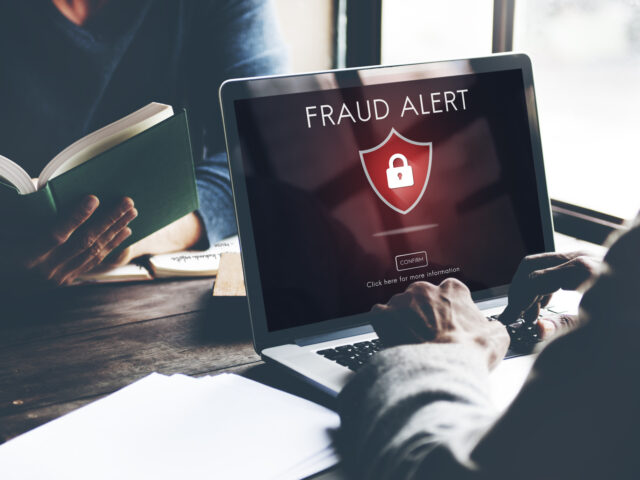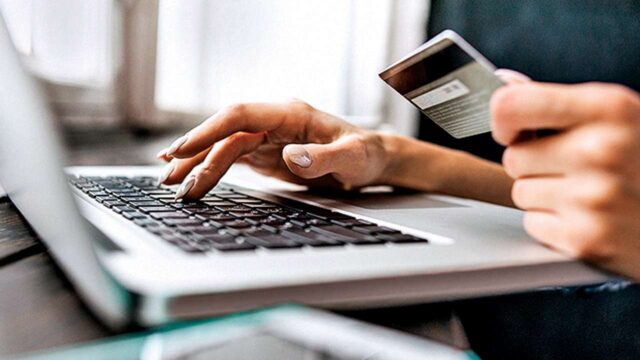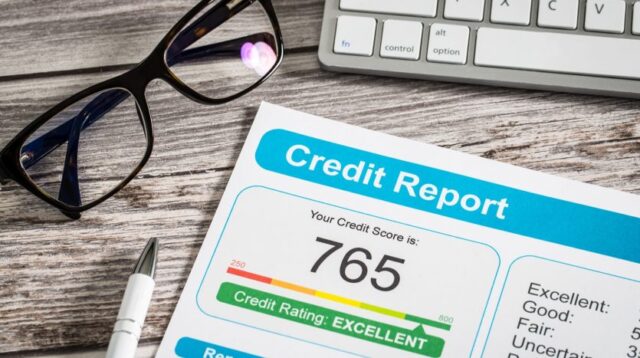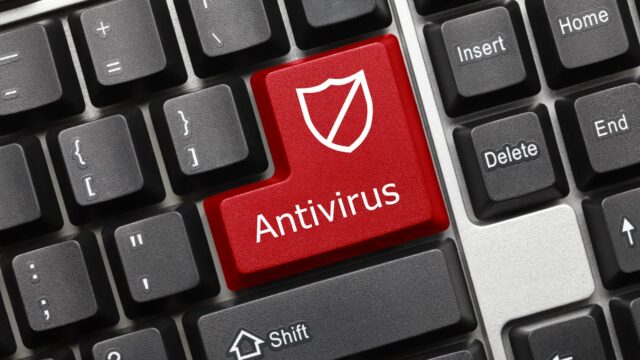
Back in the 1930s, the Dillinger gang was robbing banks all over the country. That’s when the FBI started taking over investigating bank robberies – and ended up catching, and killing, Dillinger. Movies have glorified bank robbers, from Bonnie and Clyde to Dillinger and all the hoods of the 1920s and ’30s. Today, there are 11 bank robberies in the U.S. each day. Most are non-violent, with the crook handing a teller a note, and walking out with an average of $1,500.
As the OneRep article shows, cybercrime and bank fraud in 2024 are a bit different than those older bank robberies. And the numbers are staggering: last year, there were 2.2 million bank fraud cases reported to the FTC, costing an estimated $3.3 billion. And 34% of the people who reported bank fraud lost money.
How Bank Fraud Happens

Cyberthieves are always looking for new ways to commit bank fraud. One of the top ways is to gather information about someone from people-search sites, like ZoomInfo, TruthFinder, and US Search. They take all of this personal and unauthorized information and steal people’s identities, using the info that’s available to find the victim’s Social Security number.
The main way to prevent this bank fraud is to remove all of that unauthorized information from the people-search sites. There are more than 100 of them, and each one has its own methods of information removal and opt-out requests. It’s time-consuming, as some people have stated it’s like having a second full-time job. It’s also expensive – if you hire someone to do it. That’s because of how many sites there are, and the knowledge needed to remove the information manually.
While people-search sites are at the top of the list with regard to bank fraud, there are other ways cyber crooks get your data to commit fraud. Cybercrooks love to send out phishing emails with embedded links. The second you click on one, malware is downloaded into your computer or device, enabling the cybercrook to access all the data that’s on your computer, and making you a victim of bank fraud.
Phishing emails are a great entry point into your computer for cybercrooks, but it’s not the only way. Phone scams are another way cyberthieves can steal your information for bank fraud, according to the FTC. They spoof the caller ID to look official, whether it’s a bank or the FBI. You receive a call, with the person on the line wanting to “verify your identity”. If you give it out, you’ll be a victim within hours.
Protecting Yourself from Bank Fraud

1. You have to be vigilant in order to protect yourself from becoming a bank fraud victim
You need to review your bank account statements to ensure the accuracy of all your transactions. One thing many people overlook is to check whether an “authorized user” has been added to their account. Here’s what happens: a cybercriminal gets access to a credit card account, and then contacts the bank pretending to be the cardholder. They then request to add an “authorized user” to their account. Spouses do this all the time, as do parents who want to add children to their credit card accounts.
The problem with cybercriminals is that once they have access to that account, they charge all types of merchandise, run up huge bills and leave the problem to the original cardholder. While most customers are not responsible for paying for those charges, it causes lots of headaches and could create credit history problems.
2. Check your credit history

You can get a free credit report each year, and you can also request one from one of the major credit bureaus including Experian, Equifax, and TransUnion. Carefully review all transactions that are reported, and if you see any accounts that you don’t recognize, put a credit freeze on your account. It won’t cost you anything. Another option is to put a fraud alert on your account. These are easy steps to take to keep cybercrooks from committing bank fraud in your name. You can also set up credit alerts so that you’re notified every time any loan activity is detected.
3. Another step to take is to always update your computer to the latest operating system
Download and install it each time it’s offered to you. Here’s why: software engineers learn of weak spots that let cybercrooks into the system, so they create software fixes that are updated every time there’s a version update. This keeps your computer and other devices protected from all known hacks.
4. Another option is to make sure your computer is protected with antivirus software
Some of the top ones include Panda, Vipre, Norton, and McAfee, among others. This will help protect you from malware and ransomware, as well as keeping hackers out of your system. Everything you do in this manner will help protect you from not only bank fraud, but identity theft as well.

5. Check fraud is another problem
Although with many people using credit and debit cards, and using online payment options, this has diminished somewhat. Never carry blank checks in your wallet, because if it’s lost or stolen a criminal will empty your account quickly.
As you can see, there are all types of bank fraud and fraud that leads to identity theft. The key is to stay ahead of the cybercrooks. Be vigilant on securing all of your information, don’t give out your Social Security number unless you’re giving it to a trusted financial source, and be very cautious when opening emails – never click on the links provided if you don’t know the source. This is the way to keep you – and your money – safe.







